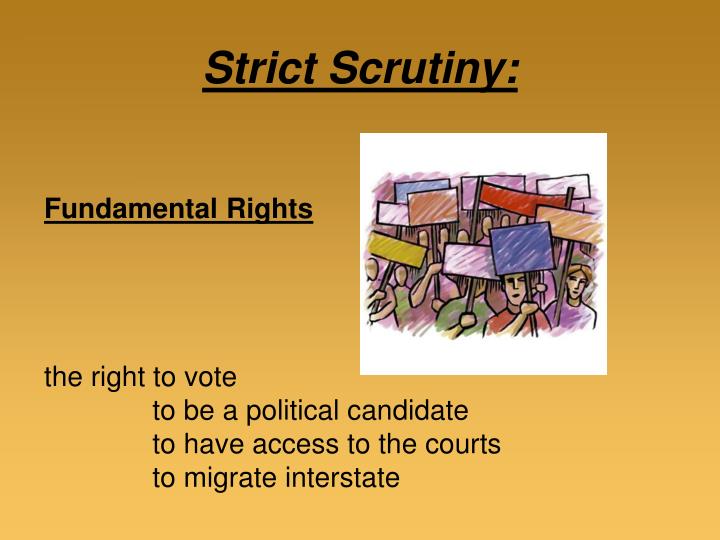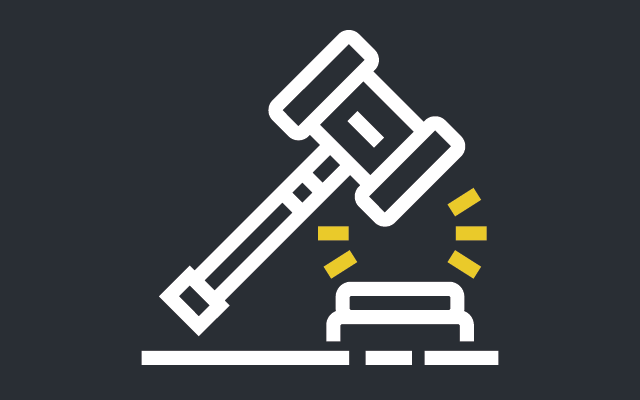

Illustrate compromises found in the Constitution by citing examples and historic background Describe the individual liberties protected by the Constitution and account for the history and structure of their protection Join me as we look at the questions both raised and answered by the Constitution and those that interpret it!īy the end of this course, you should be able to: In our final two lectures, we'll take a close look at what is probably the most famous amendment to the Constitution, the First Amendment. We'll examine when the government can permissibly treat people unequally and when it can't. We'll then examine the circumstances under which, various rights and liberties can be regulated by the federal, state, and local government. We'll begin by examining the structure of the Constitution's protection of individual rights. Our infographic outlines the three most common points on the spectrum (Rational-Basis, Intermediate Scrutiny, and Strict Scrutiny). The level of scrutiny that’s applied determines how a court will go about analyzing a law and its effects. In this course we will investigate the protection of individual rights and liberties and take a look at what rights are and are not protected and investigate several important shifts in jurisprudence. You can consider the levels of scrutiny as existing on a spectrum: where Rational-Basis Review is at one end and Strict Scrutiny is at the other. When the constitutionality of a law is challenged, both state and federal courts will commonly apply one of three levels of judicial scrutiny.

You'll learn the history behind the Constitution, cases that formed important precedent, and how changes in interpretation have been dependent on shifts in cultural and political climate as well as the composition of the Supreme Court. Constitution through the centuries with an emphasis on protections of individual liberties and the evolution of equal protection. You can find them here.Chemerinsky on Constitutional Law: Individual Rights and Liberties will highlight the construction and interpretation of the U.S. If you're interested, I had a few posts a while back explaining the role of scrutiny in the gay marriage debate that made r/bestof. It all boils down to: the more invasive the government wants to be in infringing people's rights, the higher the legal bar it has to meet to justify that infringement. Discrimination against convicted felons (because they chose to commit a felony) or against polygamists (because nobody is inherently a polygamist - it's a choice) fall here. These are groups that are voluntary or otherwise not immutable or based in science/biology. It's also used for discrimination claims from non-suspect classes.

Rational basis is used when the government infringes on any of your minor, non-Constitutional rights, like your right to drive on a public road or to operate heavy machinery. So discrimination against women gets intermediate scrutiny.

Generally this includes sex and legitimacy of birth. Certain discrimination claims get intermediate scrutiny, too: these are when the discrimination is against a class that's not quite so politically powerless as a suspect class, so they're called quasi-suspect classes. But preventing everyone, regardless of viewpoint, from speaking ("content-neutral" censorship) is seen as less invasive, so it gets intermediate scrutiny. Censoring a viewpoint you don't like ("content-based" censorship) would take strict scrutiny. Intermediate scrutiny is used for laws that infringe on rights that almost, but not quite, fit the bill for strict scrutiny. So does any kind of discrimination based on a suspect class (race, national origin, a few others). Infringing on rights specifically granted in the Constitution is given strict scrutiny. The more fundamental the right, the higher the scrutiny. What level of scrutiny is used depends on how fundamental the right being infringed is. Strict scrutiny requires the government to have an overwhelmingly good reason for infringing on someone's rights. Intermediate scrutiny requires the government to have a good reason for infringing on someone's rights. Rational basis requires the government to have a rational reason for infringing on someone's rights.


 0 kommentar(er)
0 kommentar(er)
